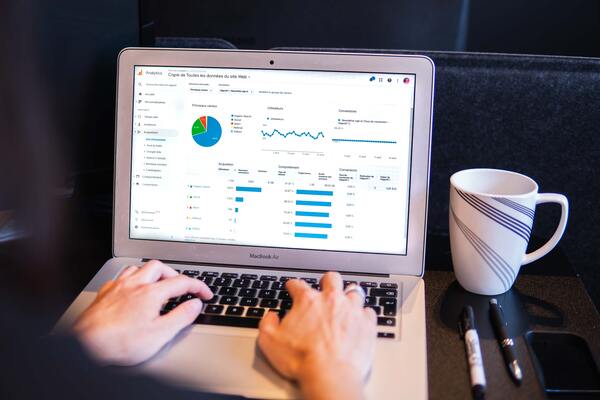Introduction
Forms are essential for businesses, organizations, and individuals to collect data and information from their target audience. Whether gathering customer feedback, conducting surveys, or managing internal processes, forms play a crucial role in data collection. However, one size doesn't fit all, and sometimes, the standard templates provided by form builders may not fully meet your specific needs. This is where the act of customizing forms becomes essential. This blog post will delve into the significance of customizing forms and offer invaluable guidance on aligning data collection with your distinct needs.
Why Customize Forms?
Customizing forms offers several advantages that can significantly enhance your data collection efforts:
- Improved User Experience: Customized forms are more user-friendly. They are tailored to your audience's preferences, making it easier for them to provide the necessary information. A seamless user experience can result in higher response rates and more accurate data.
- Relevance: Generic forms often include fields that may not be relevant to your specific use case. Customizing forms allows you to include only the fields necessary for data collection, reducing clutter and streamlining the process.
- Branding: Customized forms can be aligned with your brand's aesthetics. This consistency in design and branding helps build trust and recognition among your audience.
- Data Accuracy: You can collect more accurate and relevant information by designing forms that fit your data needs precisely. Irrelevant questions or fields can lead to errors and incomplete responses.
- Analytics and Reporting: Customized forms can make it easier to analyze and report data. You can generate meaningful insights with structured data that aligns with your needs.
How to Customize Forms Effectively
- Define Your Objectives: Start by clearly defining the objectives of your data collection. What specific data are you seeking to collect, and for what purpose will this data be employed? This will guide your customization efforts.
- Choose the Right Form Builder: Select a form builder tool that allows for extensive customization.
- Design and Branding: Customize the form's appearance to match your brand's colors, fonts, and overall aesthetics. This not only makes your form visually appealing but also enhances brand consistency.
- Field Customization: Add, edit, or remove fields as needed. Ensure the questions and fields are clear, concise, and directly related to your data collection goals.
- Conditional Logic: Some form builders offer conditional logic, which allows you to show or hide fields based on previous responses. This can streamline the user experience and make the form more dynamic.
- Error Messages and Confirmation Pages: Customize error messages to provide helpful guidance to users in case of mistakes. Create a customized confirmation page to thank users for participating or provide additional information.
- Data Security: Ensure that your customized forms are compliant with data protection regulations like GDPR or HIPAA, depending on the nature of the data being collected.
- Testing: Always test your customized form before deploying it to ensure it functions correctly, looks good, and provides a seamless user experience.
Conclusion
Customizing forms is crucial in tailoring data collection to your specific needs. Customizing forms enhances the user experience and data precision, significance, and brand uniformity. Custom forms emerge as potent instruments for businesses, organizations, and individuals striving for efficient data collection and more informed decision-making when executed effectively. Therefore, when you begin crafting your next data collection form, contemplate the advantages of customization and leverage its potential to the fullest extent.





